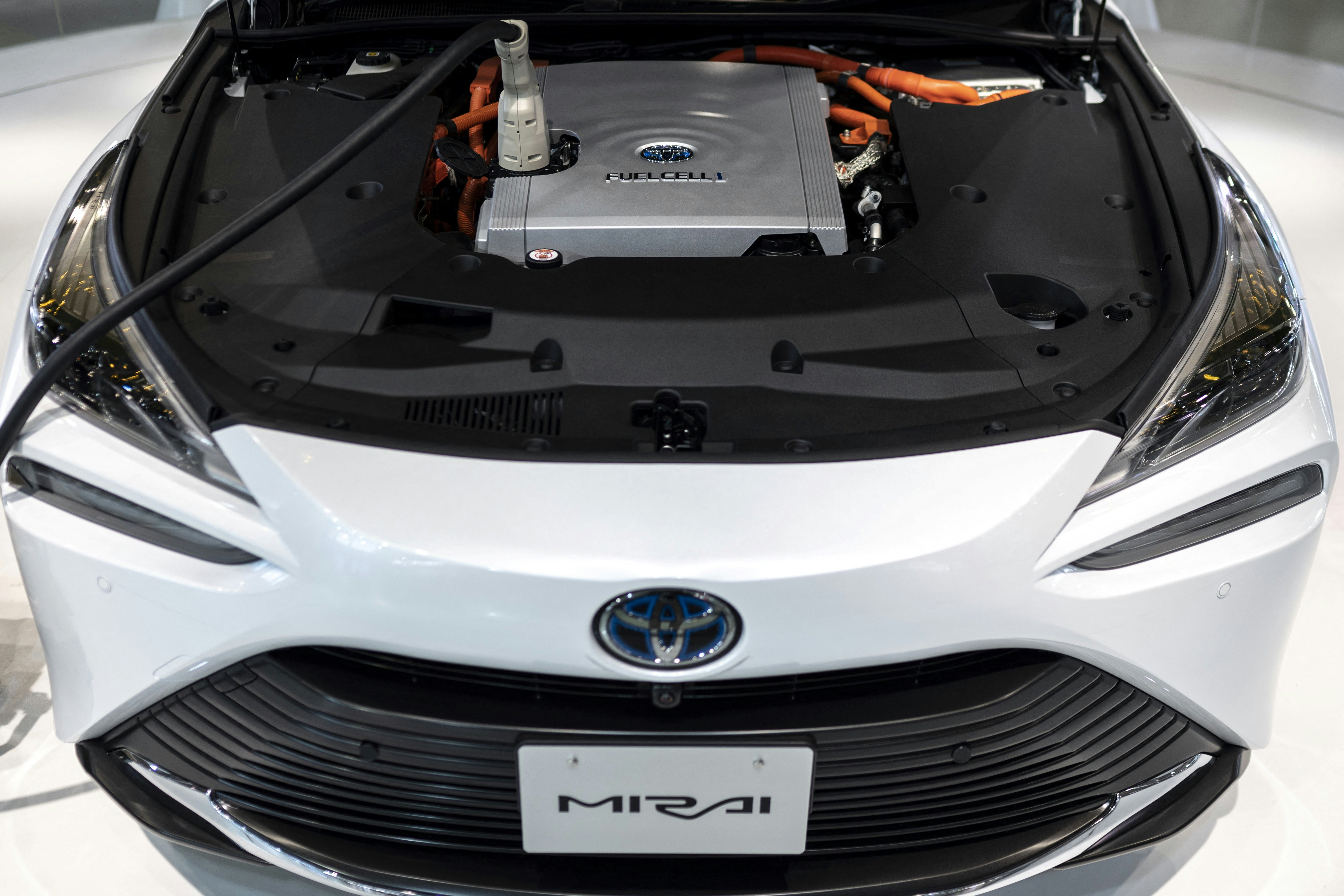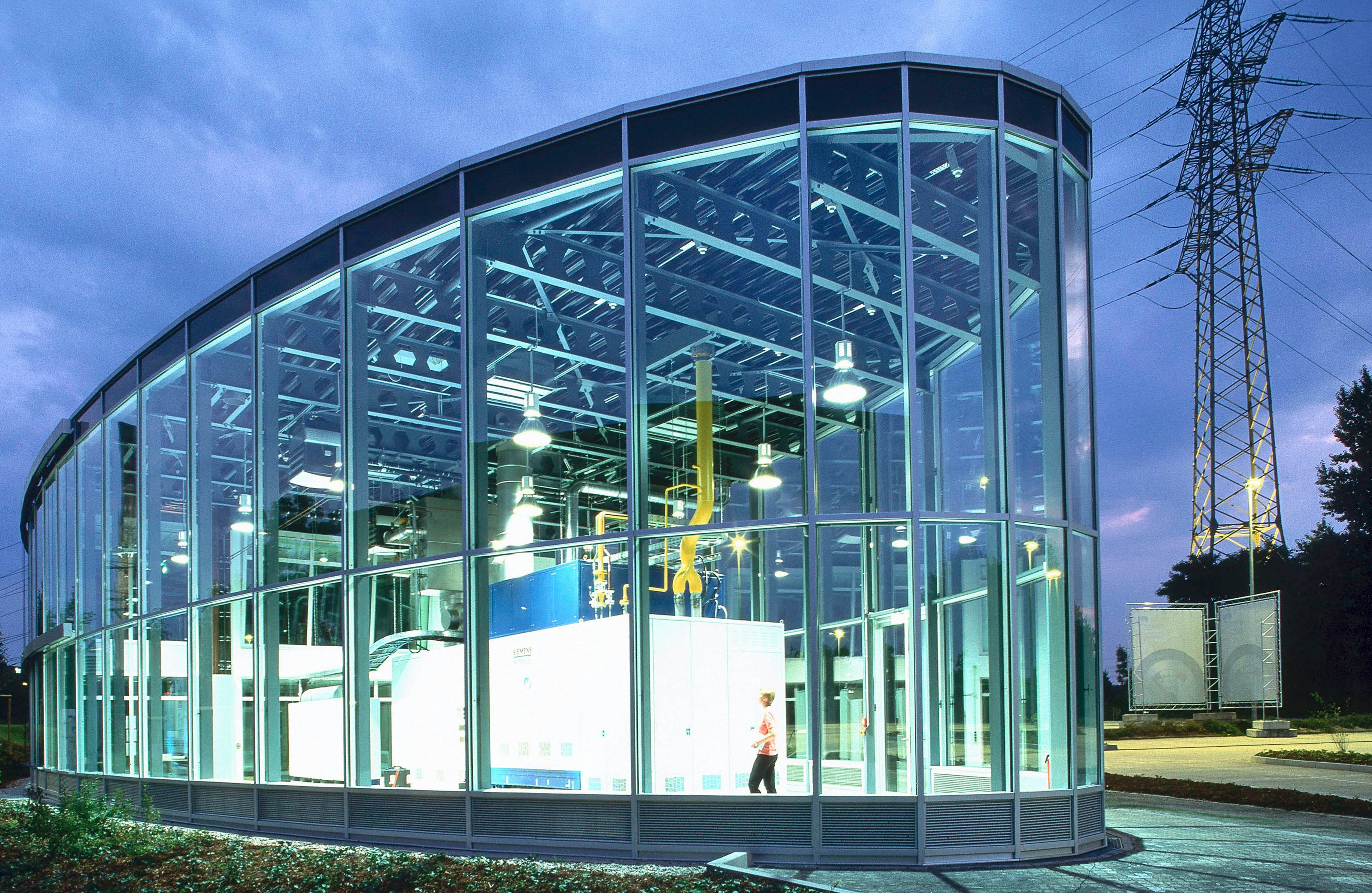
TikTok is a powerful tool for amplifying conspiracy theories and hoaxes. Take the legend of the water-powered car, which is both.
A recent video with millions of views depicts a man pouring bottled water into the green, glowing belly of some contraption in the trunk of his car. The accompanying text reads, “Everyone complaining about gas prices and mine runs on water.” The replies to this video, as well as other posts from around the app, issue murky warnings, implying that various people who’ve worked on the water car have been murdered or disappeared by the FBI or some other boogeyman from the shadows.
To be clear: The miracle water-powered car is make-believe, a longstanding hoax that pops up seemingly anytime gas prices spike, leaving drivers to daydream of another way to power their cars. As for the conspiracy theories: While it may be true that oil barons would be happy to see the world remain reliant on fossil fuels, they don’t need to suppress the water-powered car to do so, because it isn’t real.
That said, water is an important part of other, more realistic technologies, such as the hydrogen fuel cell cars that are already on the road, notes Timothy Lipman, co-director of the Transportation Sustainability Research Center at the University of California, Berkeley. In that way, H20 will indeed be part of our driving future, even though, as Lipman notes, “you’re never going to pour water into your car.”
Can a car run on water according to science?
First, the basic science. Your everyday internal combustion engine burns gasoline to extract the ample energy contained within its chemical bonds, creating harmful byproducts such as carbon dioxide in the process.
Water, by contrast, does not burn, so one cannot simply pour it into an engine as if it were gasoline. Instead, most claims that water can be used as an automotive fuel rest on the idea of using a chemical process called electrolysis, in which electricity is applied to water to separate the H2O into its constituent parts, hydrogen and oxygen. Hydrogen is energy-rich and highly flammable. As you burn it to release that energy, hydrogen combines with oxygen in the air to create, you guessed it, water.
All of these steps can be achieved. Using electrolysis to break down water molecules is basic high school chemistry, while fuel cells that create energy by combining hydrogen and oxygen to make water as a byproduct are an established and well-understood technology.
You can find two mass-market hydrogen fuel cell cars on the roads today — the Toyota Mirai and Hyundai Nexo. Most water-powered car proposals simply combine the two steps within one vehicle, equipping the car with an electrolyzer and a fuel cell to create a loop: the hydrogen created by electrolyzing water powers the fuel cell, which creates water as a byproduct that can be fed back into the electrolyzer.

Sounds simple. The problem is that during both steps, you lose a lot of energy to waste heat and other inefficiencies. This is the annoying truth of thermodynamics, and the reason why it will never be possible to create perpetual motion machines that make free energy.
Lipman estimates that today’s very best electrolyzers are about 75 percent efficient at splitting water to create hydrogen (meaning about a quarter of the energy is lost). Once you’ve got the hydrogen, he says, the fuel cell in a car is about 60 percent efficient at turning that into usable energy, meaning an additional 40 percent of the energy is lost.
In other words, it is theoretically possible to build a water-powered car via these two steps, but such a contraption would waste so much energy as to be utterly impractical.
The water-powered cars that have captured so many imaginations over the years tend not to be so boringly realistic about their limitations. Instead, they often rely on some ill-defined or secret technology that allows the inventor to circumvent the laws of physics and lets the car travel vast distances on relatively small amounts of water.
In 2007, for example, a man claimed that subjecting salt water to a radiofrequency field would allow it to burn. A few years earlier, a company called Genesis World Energy garnered millions of dollars in investments for its scheme to defy the laws of thermodynamics — at least, until its founder was jailed for fraud.
The most famous in a long line of water-powered car claims came from an Ohio man named Stanley Meyer. Beginning in the 1970s, Meyer claimed to have built a water-powered dune buggy. His design was said to split water into hydrogen and oxygen and used a typical internal combustion engine to burn the hydrogen and reconstitute water vapor.
The details were fuzzy, and however Meyer’s car worked in theory, in the real world it would have violated the laws of physics. Shortly before his death, an Ohio court ruled against him in a fraud case brought by some of his investors.

Why do people believe in water powered cars?
The myth of the water-powered car is alluring in part because it contains pieces of the truth. There are, for example, a wide variety of attempts to make ordinary internal combustion engines more efficient or longer-lasting by using water or hydrogen as some kind of additive.
Water is used as part of the process to create the hydrogen for hydrogen cars, Lipman explains. About 98 percent of the hydrogen used by American industries is created by an established industrial process called steam methane reforming, or SMR, which treats methane (one carbon and four hydrogen atoms) with water in the form of steam. The process creates free hydrogen with carbon dioxide as a waste product.
Could pure water-splitting ever compete with SMR? Lipman says it’s possible in theory — as long as you don’t start picturing the whole process happening inside a passenger car. Instead, imagine a vast solar farm in sunny California creating cheap solar energy that it uses to power the next-generational electrolyzers of the future, which split water into H and O more efficiently than we can today. That hydrogen could be shipped by pipeline to fueling stations where, someday, it might be cost-competitive with gasoline, especially as the price at the pump surges.
Under such an arrangement, he says, we’d find ourselves one step removed from the dream of the water-powered car. But having that entire setup inside your car, so you can fill the tank with Dasani and drive away? Forget it.
“That somehow you're going to pour water into your gas tank and make the hydrogen on board the car with an onboard electrolyzer, and then store the hydrogen and then convert it back to electricity? That doesn't really cut it,” he says.
The not-so-mysterious death of Stanley Meyer
On March 20, 1998, Stanley Meyer died while dining at a restaurant. A cerebral aneurysm killed him, according to the coroner’s official report. Stanley’s brother, Stephen, tells a less banal tale. According to him, Stanley Meyer took a sip from his cranberry juice, fell violently ill, and uttered with his dying declaration, “They poisoned me.”
An investigation turned up no such evidence, but a conspiracy theory was born. Rumors circulated online that Meyer was murdered to suppress his wonder tech, turning the man who just wanted to save people from the high gas prices driven by 1970s oil embargoes and shortages into a martyr for water car true believers — and the inspiration for TikTok users who whisper that you’d better be careful if you starting working on a water car.
Perhaps such paranoia should come as no surprise, given that transportation has seen its share of bad faith schemes and nefarious ploys that were much more grounded in facts, from the General Motors Streetcar Conspiracy to the business plots covered in Who Killed the Electric Car?
None of this makes the water car any less of a fantasy. But Meyer’s dream of leaving internal combustion behind is even more imperative today.







